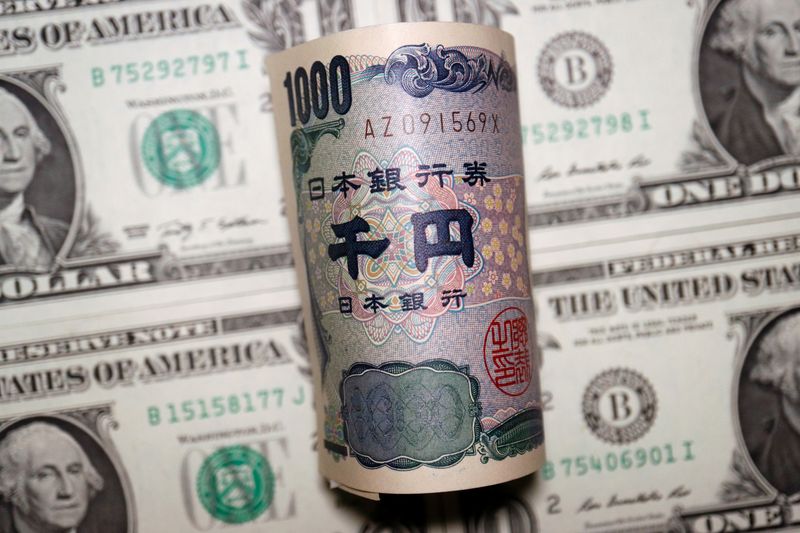Pilgrim Global buys Sable Offshore (SOC) shares worth $14.7m
Investing.com-- Asian currencies barely moved on Tuesday as markets navigated geopolitical risks around potential Russia-Ukraine talks and looked toward the Federal Reserve’s Jackson Hole symposium for direction.
The US Dollar Index, which measures the greenback against a basket of major currencies, was largely unchanged in Asia hours after modest gains in the previous session.
The US Dollar Index Futures were also steady as of 04:35 GMT.
Investors brace for potential Russia-Ukraine talks
Traders held back from taking big positions after key talks in Washington involving U.S. President Donald Trump, Ukrainian President Volodymyr Zelenskiy, and European leaders on potential peace negotiations.
Markets are cautious after last week’s Alaska summit failed to produce an immediate ceasefire.
Trump and Zelenskiy on Monday signaled plans for direct and potentially trilateral talks with Russian President Vladimir Putin.
Though European leaders described the meeting as "good and constructive," no concrete outcomes materialized, prompting investors to maintain a defensive stance.
The Japanese yen’s USD/JPY edged 0.1% lower on Tuesday.
In China, both the onshore USD/CNY and offshore USD/CNH yuan pairs traded largely unchanged.
Elsewhere, the Singapore dollar’s USD/SGD pair ticked 0.1% lower, while the Indian rupee’s USD/INR traded flat.
The South Korean won’s USD/KRW pair and the Australian dollar’s AUD/USD were also steady.
Focus on Fed outlook and Powell
At the same time, attention is shifting to the Federal Reserve’s Jackson Hole symposium, where Chair Jerome Powell is expected to deliver an important speech on Friday.
"It may be too early for Powell to all but confirm a Fed rate cut in September. Yet when the facts of a ’solid’ labour market change, Powell will have to acknowledge it," ING analysts said in a recent note.
Traders will look for signals on whether the central bank is likely to cut rates by 25 basis points in September, following data last week showing hotter U.S. producer and import prices.
The figures reduced the chances of a larger half-point move, with futures markets now assigning an overwhelming probability to a smaller cut.
